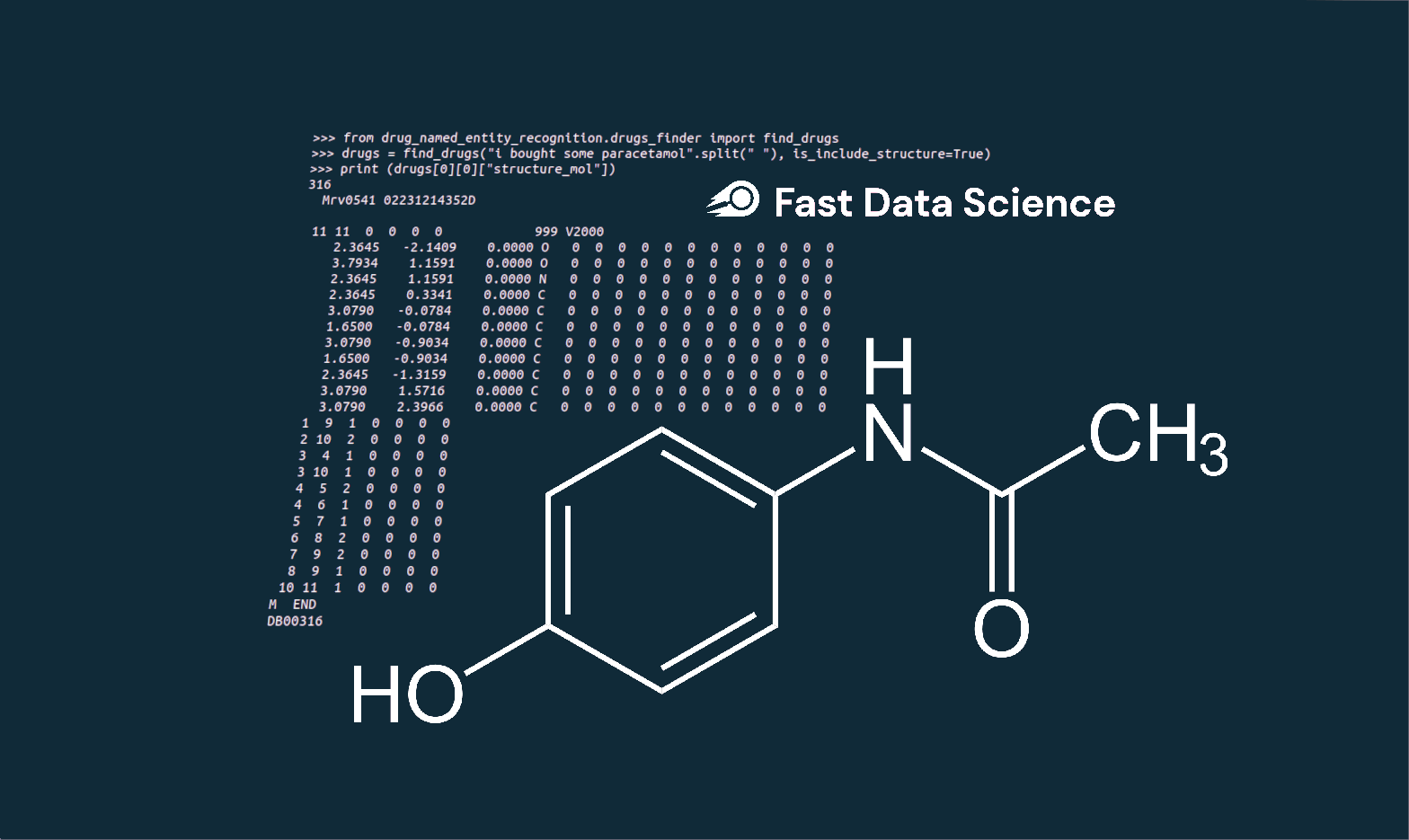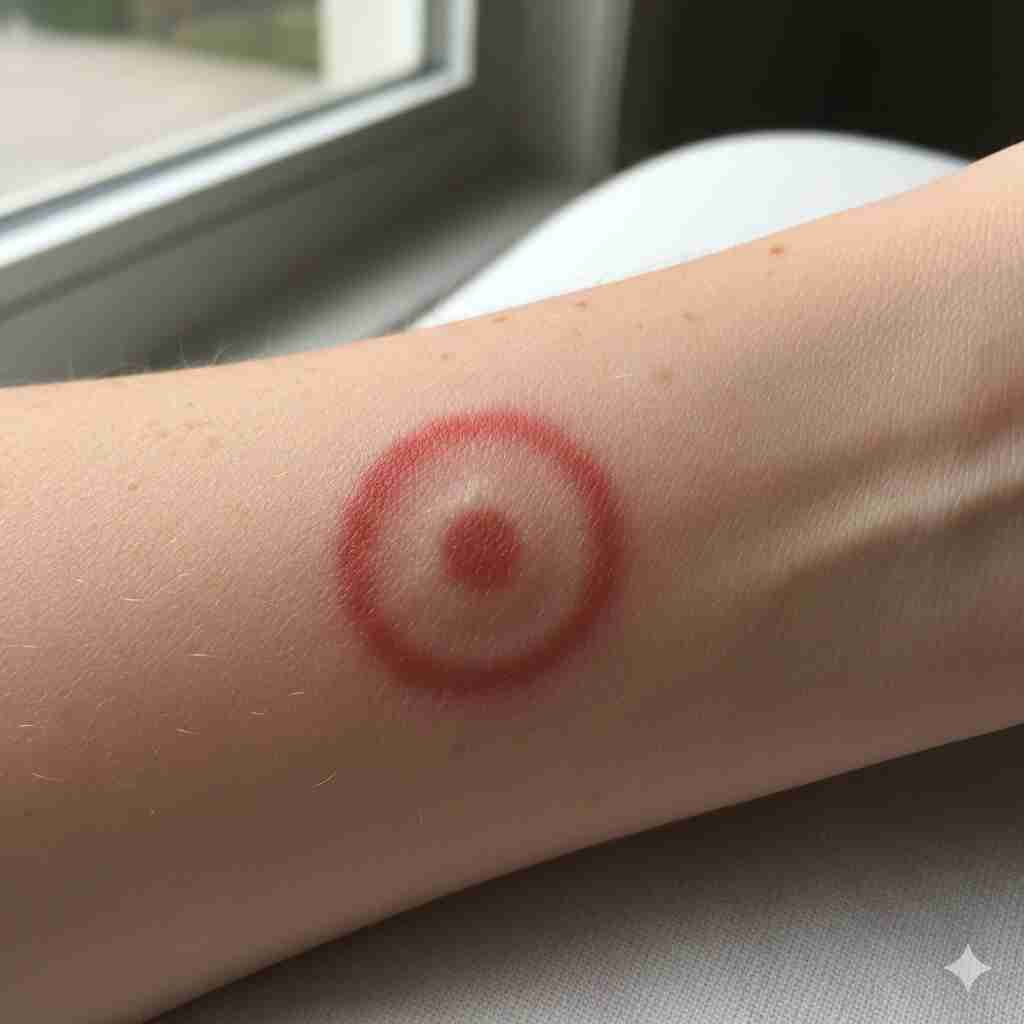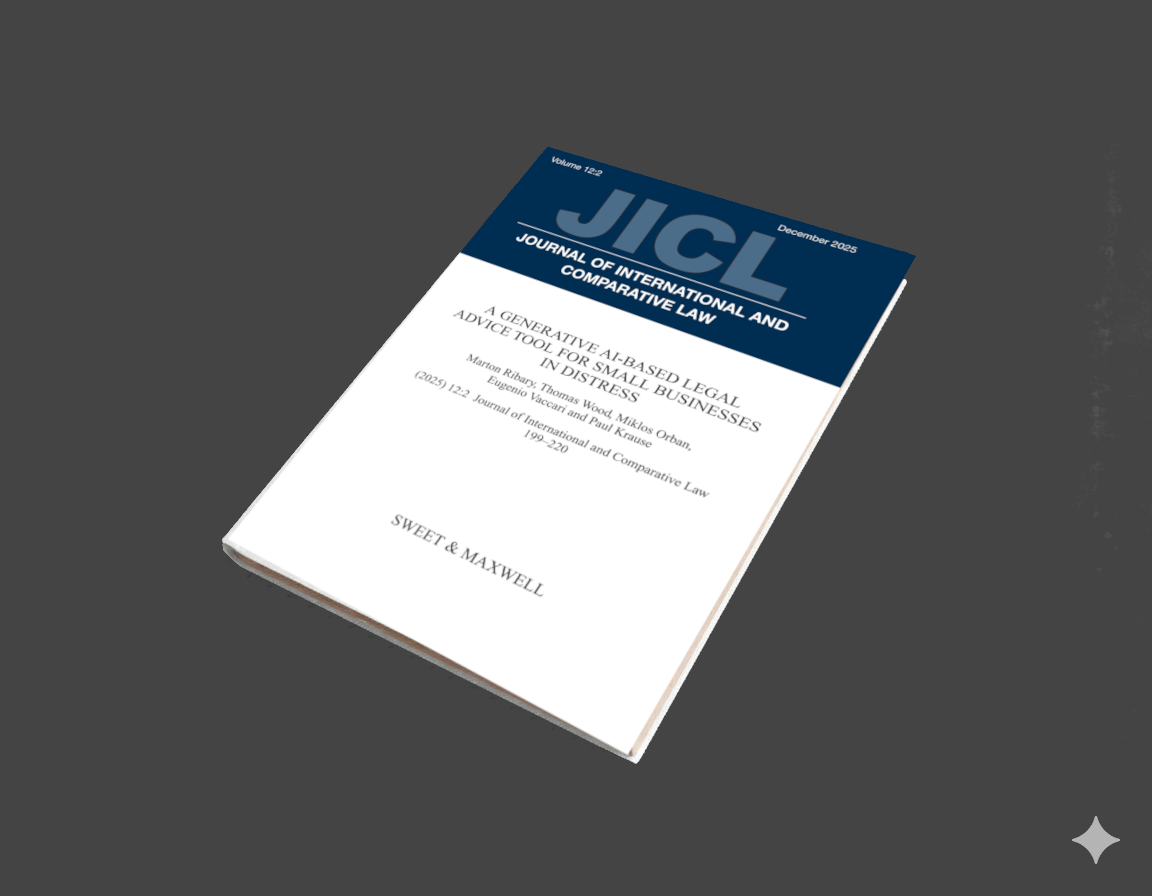
We’re excited to announce a major update to our popular Drug Named Entity Recognition (NER) Python library! This new version (v2.0.0) brings several improvements to make finding drug information in text (named entity recognition) even easier and more accurate.
You can find the project on PyPI and on Github. It’s fully open source with MIT License.
You can install the Python library by typing in the command line:
pip install drug-named-entity-recognition
You can also try the library in your browser on Fast Data Science.
Natural language processing
We have a no-code solution where you can use the library directly from Google Sheets!
You can install the plugin in Google Sheets here.

from drug_named_entity_recognition.drugs_finder import find_drugs
drugs = find_drugs("i bought some paracetamol".split(" "), is_include_structure=True)
this will return the atomic structure of the drug if that data is available.
>>> print (drugs[0][0]["structure_mol"])
316
Mrv0541 02231214352D
11 11 0 0 0 0 999 V2000
2.3645 -2.1409 0.0000 O 0 0 0 0 0 0 0 0 0 0 0 0
3.7934 1.1591 0.0000 O 0 0 0 0 0 0 0 0 0 0 0 0
2.3645 1.1591 0.0000 N 0 0 0 0 0 0 0 0 0 0 0 0
2.3645 0.3341 0.0000 C 0 0 0 0 0 0 0 0 0 0 0 0
3.0790 -0.0784 0.0000 C 0 0 0 0 0 0 0 0 0 0 0 0
1.6500 -0.0784 0.0000 C 0 0 0 0 0 0 0 0 0 0 0 0
3.0790 -0.9034 0.0000 C 0 0 0 0 0 0 0 0 0 0 0 0
1.6500 -0.9034 0.0000 C 0 0 0 0 0 0 0 0 0 0 0 0
2.3645 -1.3159 0.0000 C 0 0 0 0 0 0 0 0 0 0 0 0
3.0790 1.5716 0.0000 C 0 0 0 0 0 0 0 0 0 0 0 0
3.0790 2.3966 0.0000 C 0 0 0 0 0 0 0 0 0 0 0 0
1 9 1 0 0 0 0
2 10 2 0 0 0 0
3 4 1 0 0 0 0
3 10 1 0 0 0 0
4 5 2 0 0 0 0
4 6 1 0 0 0 0
5 7 1 0 0 0 0
6 8 2 0 0 0 0
7 9 2 0 0 0 0
8 9 1 0 0 0 0
10 11 1 0 0 0 0
M END
DB00316
You can get drugs even with spelling mistakes:
drugs = find_drugs("i bought some Monjaro".split(" "), is_include_structure=True, is_fuzzy_match=True)
Now you can modify the drug recogniser’s behaviour if there is a particular drug which it isn’t finding:
To reset the drugs dictionary
from drug_named_entity_recognition.drugs_finder import reset_drugs_data
reset_drugs_data()
To add a synonym
from drug_named_entity_recognition.drugs_finder import add_custom_drug_synonym
add_custom_drug_synonym("potato", "sertraline")
To add a new drug
from drug_named_entity_recognition.drugs_finder import add_custom_new_drug
add_custom_new_drug("potato", {"name": "solanum tuberosum"})
To remove an existing drug
from drug_named_entity_recognition.drugs_finder import remove_drug_synonym
remove_drug_synonym("sertraline")
Ready to take the next step in your NLP journey? Connect with top employers seeking talent in natural language processing. Discover your dream job!
Find Your Dream Job
A person has recently returned from a camping trip and has a fever. Should a doctor diagnose flu or Lyme disease? Would this be any different if they had not mentioned their camping trip? Here’s how LLMs differ from human experts.

How can you predict customer churn using machine learning and AI? In an earlier blog post, I introduced the concept of customer churn. Here, I’d like to dive into customer churn prediction in more detail and show how we can easily and simply use AI to predict customer churn.

A generative AI-based legal advice tool for small businesses in distress We are pleased to announce the publication of our paper A generative AI-based legal advice tool for small businesses in distress, in collaboration with an interdisciplinary team based in the UK and Hungary.
What we can do for you